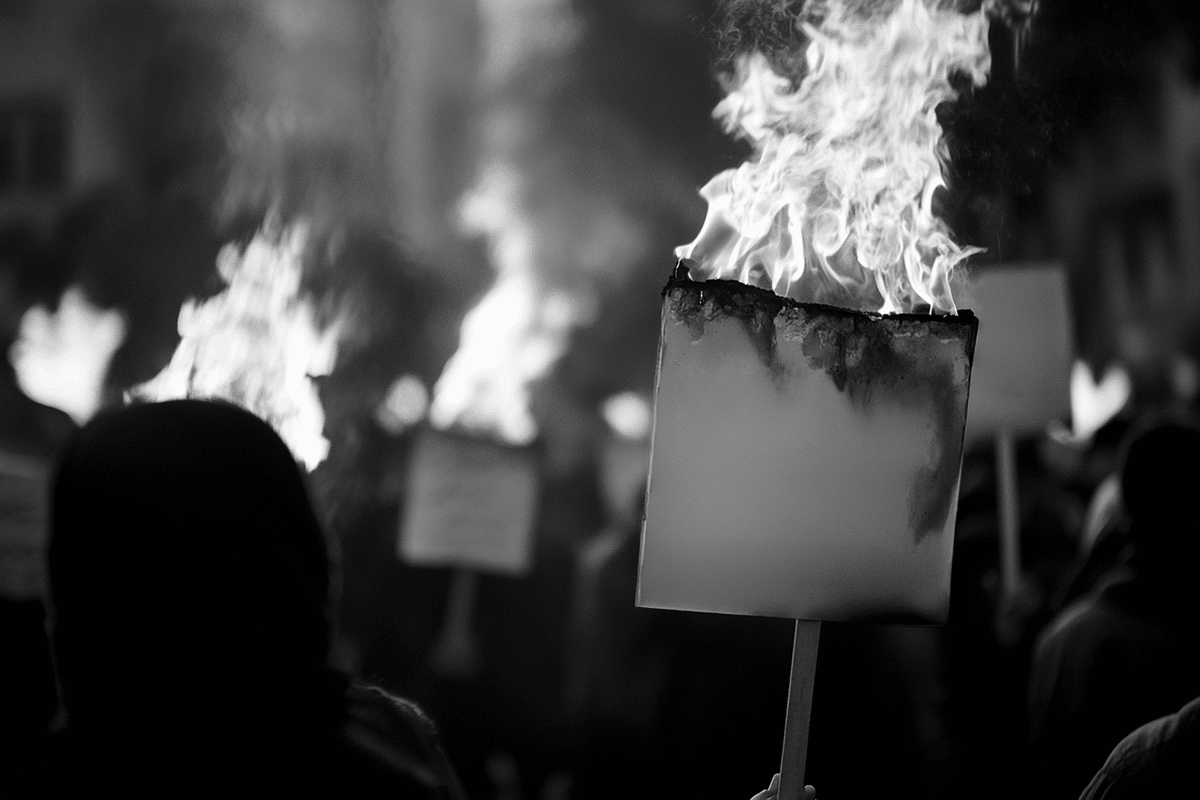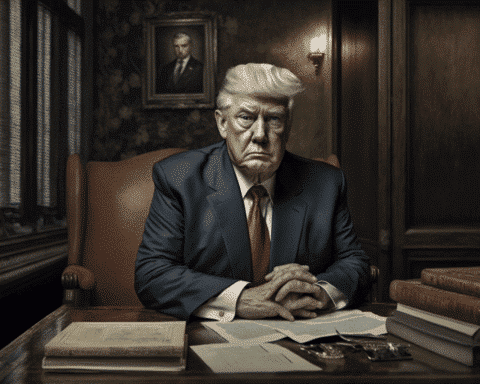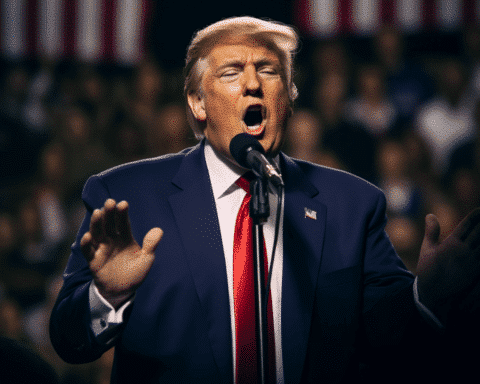With Donald Trump securing another term as U.S. president, Iranians find themselves split on what his return will mean for their country. The mixed reactions reflect a range of concerns, from fears of escalating conflicts to cautious optimism for potential diplomacy. Many are now left wondering how Trump’s approach will impact the already tense relationship between Tehran and Washington.
For some Iranians, Trump’s presidency raises concerns about an increased risk of conflict, especially given the high tensions across the Middle East. His previous administration’s “maximum pressure” strategy, marked by the withdrawal from the 2015 nuclear deal and severe economic sanctions, had a profound impact on Iran. Many still remember how these sanctions weakened Iran’s economy, causing the rial to lose significant value. Although the currency has somewhat stabilized, the effects linger, and inflation continues to erode incomes, adding to the economic strain faced by many households.
Within the Iranian government, views differ on how to approach U.S.-Iran relations under Trump’s presidency. Supreme Leader Ayatollah Ali Khamenei has consistently rejected engagement with Trump, while the new reformist president, Masoud Pezeshkian, has expressed a cautious openness to diplomacy if it could bring economic relief. Pezeshkian’s approach aligns with his campaign promises, emphasizing the importance of engaging with the West to address essential goods shortages and rising prices that burden ordinary Iranians.
The Iranian public also holds a range of opinions. While some fear a return to the volatility of Trump’s earlier term, others see potential benefits. Some Iranians hope that Trump’s focus on reducing U.S. involvement in regional conflicts could lessen Iran’s support for groups in Lebanon, Gaza, and Yemen, potentially redirecting resources toward domestic issues. This aligns with concerns over Iran’s support for militant groups like Hezbollah, Hamas, and the Houthis, which many believe detracts from addressing pressing internal challenges.
Another key point of contention is the legacy of Trump’s previous term and Iran’s regional alliances. The assassination of Qassem Soleimani, a revered Iranian general, by U.S. forces remains a source of bitterness. This event, coupled with ongoing hostilities, has fueled distrust, and many Iranians worry that Trump’s renewed leadership could lead to further aggressive moves by both countries.
The timing of Trump’s victory adds complexity to an already challenging period for Iran. In recent years, waves of protests have highlighted public frustration with economic issues and social restrictions. Notably, protests intensified following the death of Mahsa Amini in 2022, which sparked a movement among Iranian women against the state-mandated hijab. These economic and social pressures have placed added strain on the government to respond to the needs of its citizens.
Despite the political differences within Iran, Khamenei’s influence remains a determining factor in the country’s approach to Western negotiations. His longstanding opposition to Trump may limit the potential for diplomatic talks, even as Pezeshkian and other reformists signal an openness to engage. Analysts suggest that, even if Pezeshkian were inclined to negotiate, hard-liners would likely pose obstacles, further complicating any potential diplomatic progress.
Amid these divisions, some Iranians feel that pursuing peace and economic stability is essential. With inflation rising, the currency struggling, and essential resources scarce, many believe that any opportunity for relief should be considered.
As Iranians adjust to the reality of Trump’s election win, they remain divided on what this means for their future. The stakes are high, and regardless of the path forward, U.S.-Iran relations are likely to change yet again. For a country facing economic hardship and a volatile region, the coming years could shape Iran’s trajectory both at home and on the world stage.




